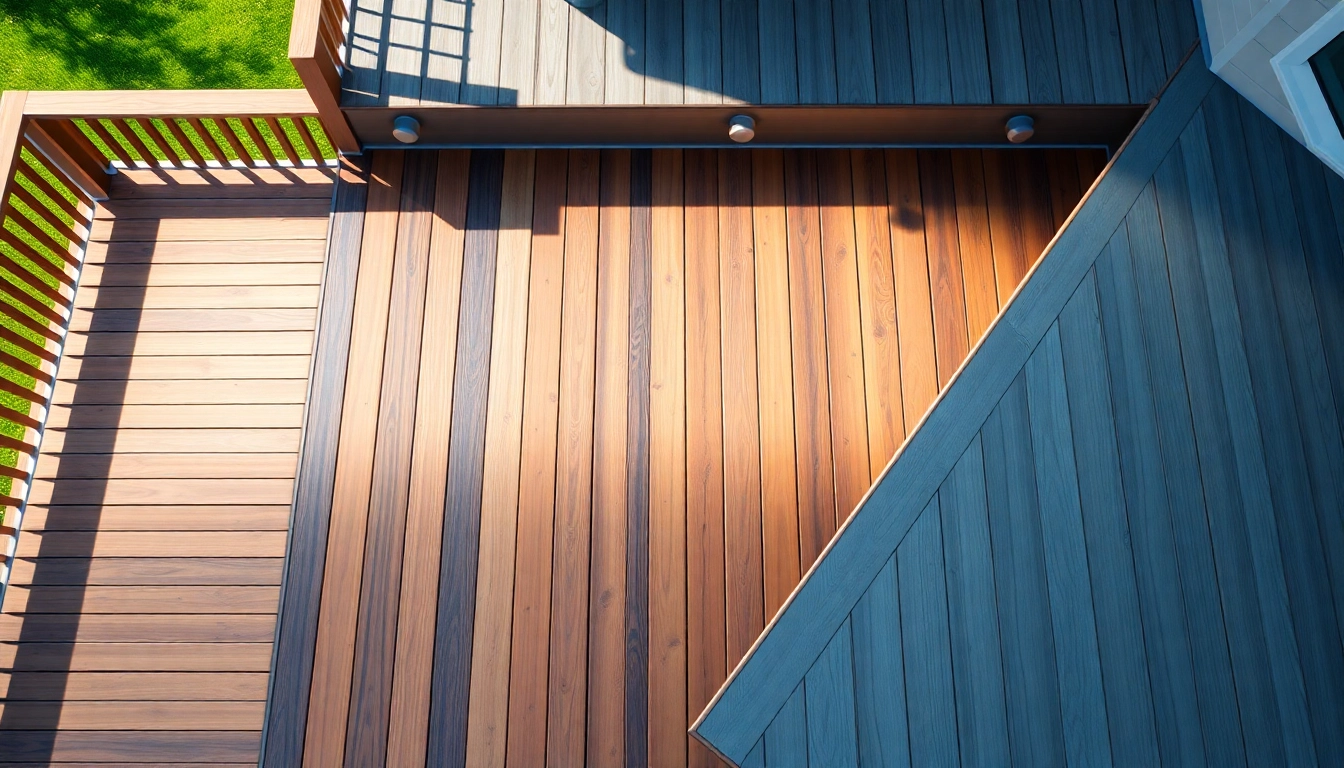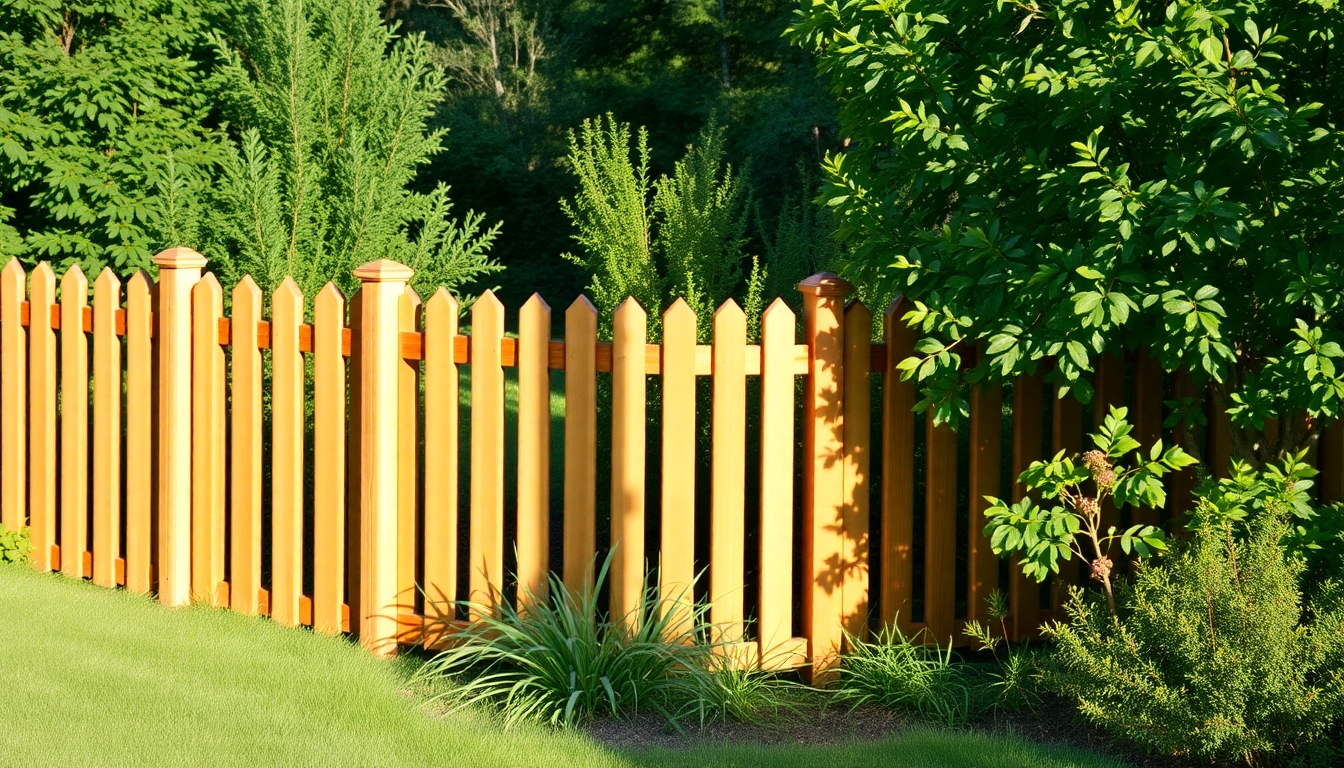Understanding Deck Construction Basics
Building a deck offers a fantastic way to enhance your outdoor space, providing an area for relaxation, entertainment, and enjoyment of nature. In this comprehensive guide, we will delve into the nuances of deck construction, covering everything from essential components to safety regulations and cost considerations. Whether you’re an experienced DIYer or just getting started, this resource intends to equip you with the knowledge required for a successful deck-building project.
Essential Components of a Deck
A deck is not merely a flat surface attached to your home; it comprises various structural and aesthetic components that ensure its functionality and safety. Understanding each element’s role helps in creating a robust design.
- Footings: These foundational elements provide stability. They are typically made of concrete and ensure the deck can withstand the weight and any environmental factors.
- Posts: Vertical structures that support beams and help distribute weight evenly. Their placement and strength are key to preventing sagging.
- Beams: Horizontal supports that transfer loads from the decking and railings to the posts.
- Joists: These are laid across the beams and serve as the foundation for the decking boards.
- Decking: The surface layer of the deck, which can be made from wood, composite, or other materials, providing a place for foot traffic.
- Railings: Safety features that prevent falls and enhance deck aesthetics. Railings must comply with local building codes for height and spacing.
- Stairs: If the deck is elevated, stairs will be necessary to ensure safe access.
Types of Materials for Deck Construction
The choice of materials significantly impacts the deck’s overall durability, appearance, and maintenance requirements. Here are the most common materials used:
- Pressure-Treated Lumber: Widely used due to its affordability and resistance to rot and pests. It requires regular maintenance, including staining and sealing.
- Cedar and Redwood: Both are naturally resistant to decay and are favored for their beauty and aroma. These woods, however, demand more maintenance than treated lumber.
- Composite Decking: Made from a blend of wood fibers and plastic, offering a low-maintenance option that resists fading and staining. It can be more expensive upfront but tends to last longer.
- PVC Decking: Another low-maintenance alternative that is entirely plastic, it does not require sealing or staining but may not have the same aesthetics as wood.
Choosing the Right Design for Your Home
The design of your deck should complement your home’s architecture and the overall landscape. Considerations include:
- Size and Shape: The size of your yard and the intended use of the deck dictate the structure’s dimensions and layout. Common shapes include rectangular, L-shaped, and multi-level designs.
- Style: Your deck can reflect a modern or traditional style, influenced by railing design, material choice, and overall detailing.
- Integration with Landscape: Use native plants and landscaping elements to blend the deck into your yard design, enhancing its appeal.
Step-by-Step Guide to Deck Construction
Planning and Preparing Your Space
Effective planning lays the groundwork for a successful deck-building project. Follow these steps:
- Research Local Building Codes: Always consult your local regulations to ensure compliance regarding permits, height restrictions, and safety standards.
- Design Your Deck: Create a detailed design plan, including dimensions, elevation, and material choices.
- Budgeting: Establish a project budget that includes material, labor, and permit costs.
- Site Preparation: Clear the area of debris and any obstacles like shrubs or fencing. Consider the sun and wind directions to enhance comfort.
Gathering Tools and Materials
Having the right tools significantly streamlines the construction process. Essential tools and materials include:
- Tools: Circular saw, level, measuring tape, drill, and hammer. Safety gear including goggles and gloves is also crucial.
- Materials: Choose quality lumber or composite materials based on your design. Also, stock up on hardware such as screws, nails, and brackets.
Executing the Construction Process
With planning in place and the right tools at hand, it’s time to embark on the actual construction:
- Install Footings: Begin by digging holes for the footings—typically at least 12 inches deep—and place concrete form tubes to shape the footings.
- Set Posts: Once the concrete is cured, insert the posts into the footings and secure them with concrete. Measure to ensure they are plumb.
- Add Beams: Use lag screws or bolts to secure beams to the posts, ensuring they are level.
- Place Joists: Install the joists perpendicular to the beams, maintaining uniform spacing as per your design.
- Decking Installation: Lay the decking boards perpendicular to the joists, using screws for fastening. Leave gaps for drainage.
- Add Railings and Stairs: Finally, if applicable, install the railings and stairs, ensuring they meet safety guidelines.
Safety and Compliance in Deck Construction
Understanding Local Building Codes
Each locality has specific codes governing structures like decks. Familiarize yourself with these before beginning:
- Height Restrictions: Know the maximum height allowed for decks, especially if raised.
- Structural Integrity: Adhere to specifications for load-bearing capacities and materials used.
- Permits: Most areas require permits before commencing work. Be sure to apply well in advance.
Best Practices for Deck Safety
Deck safety is paramount. Implement the following best practices:
- Regular Inspections: Periodically check the structure for signs of wear, deterioration, or instability.
- Use Proper Fasteners: Ensure all screws and nails are rated for exterior use to resist corrosion.
- Proper Drainage: Design your deck for adequate drainage to prevent water accumulation and damage.
Hiring Professional Help: When to Consider
While many homeowners may choose to build their own decks, there are instances where professional help is advisable:
- Complex Designs: If your deck involves advanced angles or multi-level configurations, professional expertise may be necessary.
- Lack of Experience: If you’re unsure about your DIY capabilities, hiring a professional can save time and ensure high-quality work.
- Time Constraints: Busy schedules may hinder your ability to dedicate the necessary time for construction.
Cost Considerations in Deck Construction
Estimating Your Deck’s Budget
Understanding costs is crucial to planning your deck. Factors influencing your budget include:
- Size and Complexity: Larger or more complex decks require more materials and labor, thus increasing costs.
- Material Choices: The cost of the materials chosen can vary significantly; wood options are typically less expensive than composites or PVC.
- Labor Costs: If hiring professionals, factor in their rates, which can vary by location and experience.
Cost-Saving Tips for DIY Deck Construction
If you’re inclined to take on the project yourself, consider these cost-saving strategies:
- Plan Wisely: A well-thought-out plan can prevent costly errors and unnecessary materials.
- Shop Around: Compare prices at local hardware stores and online retailers to find the best deals on supplies.
- Use Reclaimed Materials: For a unique look, consider using salvaged wood that can be both affordable and eco-friendly.
Investing Wisely in Quality Materials
While saving on materials can be tempting, investing in quality often yields better long-term results:
- Durability: Higher quality materials, such as advanced composites, are less likely to warp or rot over time.
- Warranty Options: Some materials come with warranties that can save money on repairs and maintenance over the deck’s lifespan.
- Resale Value: Well-constructed, high-quality decks can significantly increase your property’s value.
Maintenance Tips for Long-lasting Decks
Regular Inspection and Upkeep
To ensure your deck lasts for years, regular maintenance is essential. Consider the following upkeep tips:
- Seasonal Checks: Inspect your deck at the start of each season to identify issues like loose boards, rusted nails, or signs of rot.
- Repair Promptly: Any issues should be addressed immediately to prevent further damage.
- Reinforce as Needed: Re-tighten railings and screws as necessary to maintain safety and stability.
Cleaning and Staining Your Deck
Regular cleaning is vital for maintaining aesthetic appeal and durability:
- Routine Cleaning: Sweep debris regularly and wash the deck with a mild soap solution to remove dirt and grime.
- Staining: Apply stain as recommended (typically every one to two years). Choose a high-quality product designed for your decking material.
- Sealing: For wooden decks, consider sealing to provide an extra layer of protection against moisture and UV damage.
Seasonal Preparations for Deck Durability
Preparing your deck for changing seasons can help prolong its life:
- Winter Preparation: In winter, clear snow accumulation promptly and consider covering the deck to protect from the harsh elements.
- Summer Maintenance: In summer, check for splinters and signs of wear from sun exposure. Regularly maintain plants around the deck to prevent mold growth.
- Spring Renewal: After winter, deep clean your deck and inspect for any structural issues.



